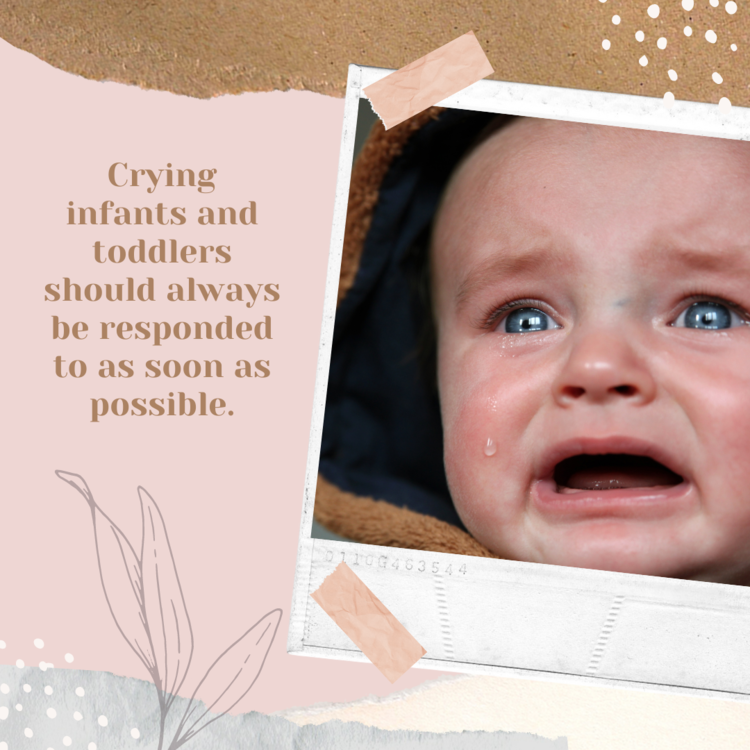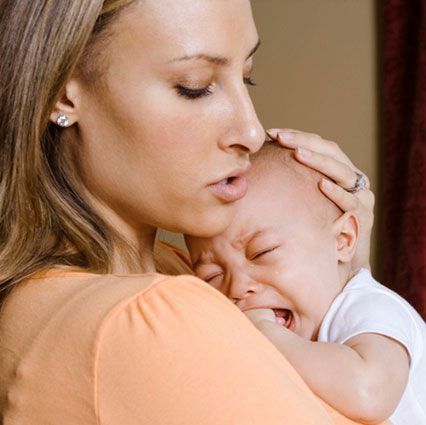
As you probably know by now (because I never stop banging on about it), I am a strong advocate for Magda Gerber’s philosophy for infants and toddlers (RIE). This philosophy along with learnings from Dr Emmi Pikler have seen some beautiful changes in the landscape of infant and toddler care in the last twenty years.
But it has also seen a rise in the misinterpretations and misconceptions in what well intentioned caregivers think they should be doing with children under the disguise of “Respect.”
But it has also seen a rise in the misinterpretations and misconceptions in what well intentioned caregivers think they should be doing with children under the disguise of “Respect.”
If I had a dollar for every time I heard these statements, I would be retired on the beach in Bali sipping Pina Coladas!
- “There is nothing wrong with him. He’s just trying to get your attention.”
- “My manager said I shouldn’t pick up crying children because otherwise they will get used to that and expect it all the time. And we can’t be picking up babies all the time.”
- “Don’t pick up that crying child, you will spoil her.”
- “You just need to put him down and let him get used to it.”
- “We do RIE here. So we don’t pick up children when they are crying.”

You get the picture?
Crying should ALWAYS be responded to as soon as possible.
Now this is where I have to take a big breath….. annnnnnnd breathe…. exhale……
First of all, let me be very clear here - Leaving children to cry is not RIE!
This is a sad misconception that I hear too often that is time to lay to rest. This is the opposite of RIE which embodies respectful care of our youngest children.
Crying is a form of communication for infants and toddlers who do not yet have the words to tell us what we need to know. SO if we simply ignore crying, we are essentially ignoring the child’s attempts to communicate. Would you ignore a colleague who was telling you something?
Crying is a form of communication for infants and toddlers who do not yet have the words to tell us what we need to know. SO if we simply ignore crying, we are essentially ignoring the child’s attempts to communicate. Would you ignore a colleague who was telling you something?
There are many different types of crying that communicate what a child is feeling or needing. In an attuned relationship with infants and toddlers, we will often instinctively know what this cry means. We all know the difference between a slow, whimpering cry that is accompanied by the rubbing of eyes (probably tired), and the high pitched cry with a large inhale before letting it all out (yikes are they hurt?!). When we have built a strong, reciprocal relationship with a young child, we will come to know what each of their cries usually means.
The neuroscience research is abundantly clear these days - children who are too frequently operating in a heightened state of stress or distress, are not children who are going to thrive. If children experience an environment too often where their crying and needs are not responded to within a reasonable time frame, consistently, and lovingly, they are learning that these people are not to be trusted. And we are screwing with their brain development.
Crying should ALWAYS be responded to as soon as possible.
Now let’s note here that a response does not have to mean that the child is picked up, shushed, jiggled and tap tap tapped on the bottom. How we respond to crying is what matters. In a busy infant and toddler room, where we may be responsible for the care of 4 - 5 children at the same time, children sometimes might have to wait for us to attend to them. This is the same in a family where there may be older siblings - waiting is inevitable and can be tolerated for a short time.

But Infants And Toddlers Are Not Very Good At Waiting!
This is another misconception that we need to eradicate. Let’s face it, how many adults do you know who are good at waiting? Think about the last time you stood in a cue at the supermarket tapping your foot. Infants and toddlers are in fact very capable of waiting for a little while, IF they know that we can be trusted. And IF they have a relationship with us that is reliable, consistent, loving, attentive and responsive most of the time.
This is another misconception that we need to eradicate. Let’s face it, how many adults do you know who are good at waiting? Think about the last time you stood in a cue at the supermarket tapping your foot. Infants and toddlers are in fact very capable of waiting for a little while, IF they know that we can be trusted. And IF they have a relationship with us that is reliable, consistent, loving, attentive and responsive most of the time.
So How Can We Respond To A Crying Child?
There are a range of ways that we can respond to a crying child that let’s them know we understand that they are communicating with us and that we hear them;
- When you are not able to go straight to a crying child, tell them that you hear them and that you will be coming.
- If possible, look at the child and gain eye contact - smile, reassure them “I hear you. I think you are telling me…. (that you are tired/hungry/worried). I will come to you as soon as I have taken Ruby to the table.”
- Acknowledge the child in a soothing, authentic voice “I hear you. I am listening.”
- If you are not able to get close to this child within a few minutes, ask another caregiver to check in with the child.
- Go to the child as soon as you are able to and acknowledge what happened “I know that was hard for you to wait. I heard you calling out to me.”
- Give your full attention to the crying child so that they know you genuinely care and have their back.
- When we are physically available to the child, it is a good idea to check what they need before assuming that we should pick them up. If we want children to develop their ability to self calm, self regulate and know their own needs first, then it is important that we check with the child before we jump in and pick them up. We can ask them “How can I help you?” as we sit next to them. If we sit beside a child, in a relaxed, but attentive way they may feel enough comfort just having us alongside. Our presence brings back a feeling of equilibrium. Sometimes we may also put our hand on their back gently to offer a warm reassurance.
- If we think this child may need physical comfort, we can offer this with open hands “Do you need me to pick you up?” And wait! Watch and wait for the child to indicate their response - sometimes this is very clear as they lunge into our open hands. Other times, they may consider our offer and decide that they are ok with you by their side and only need to put their hand on your leg. To feel you next to them.

It is through a responsive relationship, that infants and toddlers learn to trust, and can increasingly wait for your attention. When we are consistently trustworthy, and when children know that we will come to them in due course, they soon develop the capacity to wait for a while, and eventually to self regulate. Their requirement for our comfort becomes less, once they KNOW that we will be there when they really need us.
The next time I am crying, I would feel truly respected and cared for, if someone who cares about me responded thoughtfully and with love.
Oh and please don’t pick me up and tap my bottom. That would just be weird!

written by
Angela Bush
Founder - ECE Learning Unlimited
Bachelor of Education (ECE), Diploma of Nursing, Diploma of Teaching (ECE)
Angela is a degree qualified and registered ECE teacher, multiple ECE centre owner, curriculum leader and business manager of ECE Learning Unlimited. She is also a registered nurse.
With over thirty years in ECE and centre ownership, Angela has a wealth of experience and knowledge in successful ECE leadership and centre management.
Over the years Angela has also had roles as a lecturer in ECE, nanny, teacher, and mentor.
